You know that moment when someone calls your cat their “fur baby” and says they treat all pets the same way? While the sentiment is sweet, here’s the truth most cat parents learn the hard way: cats aren’t small dogs. They’re magnificent, complex creatures with their own unique blueprint for happiness and well-being.
I’ve watched too many well-meaning pet owners struggle with their cats simply because they applied dog logic to feline behavior. The result? Stressed cats, frustrated humans, and relationships that never reach their full potential. Your cat deserves better than a one-size-fits-all approach to pet care.
Their Social Needs Are Completely Different
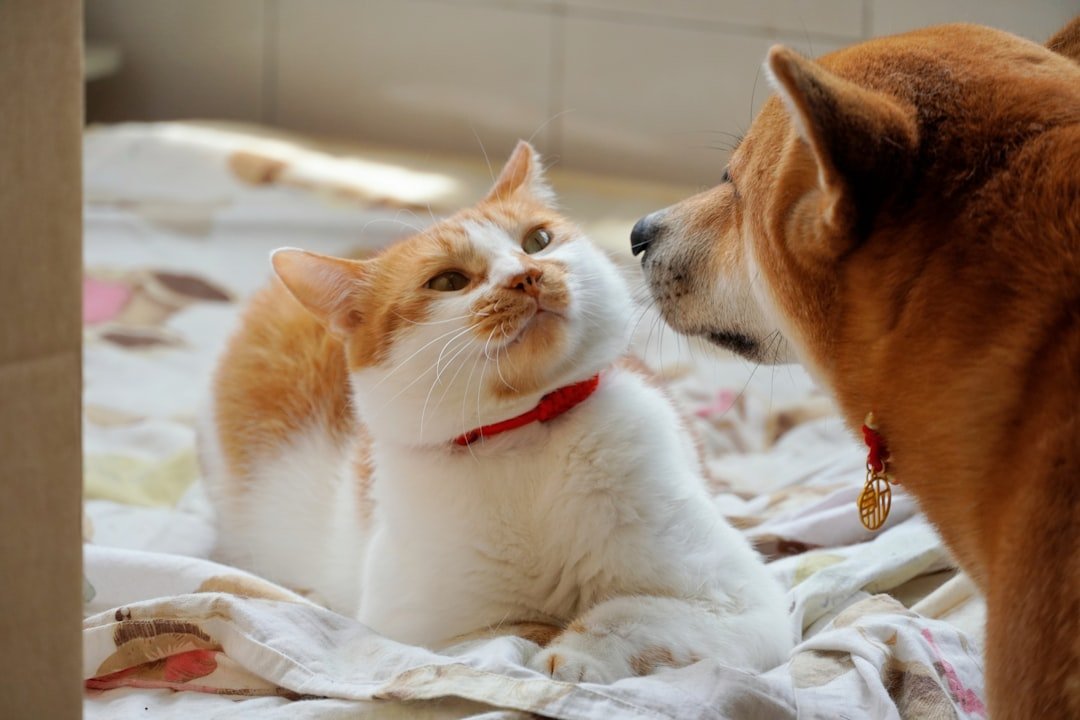
Dogs are pack animals who evolved to work in groups, while cats are naturally solitary hunters who are content being alone for hours at a time and often don’t rely on their humans for much past their basic needs. Think about it like this: your dog sees your family as their pack and looks to you for guidance and social interaction throughout the day. Your cat, on the other hand, views you more as a reliable roommate who provides excellent room service.
Dogs flourish in social settings and can grow relationships quickly, while cats take much longer to warm up to other animals or humans and are much more interested in assessing situations with other animals as well as remaining independent in their daily lives. This doesn’t make cats antisocial or unfriendly. It makes them selectively social – which is actually pretty smart when you think about it.
Training Approaches Must Be Tailored to Each Species
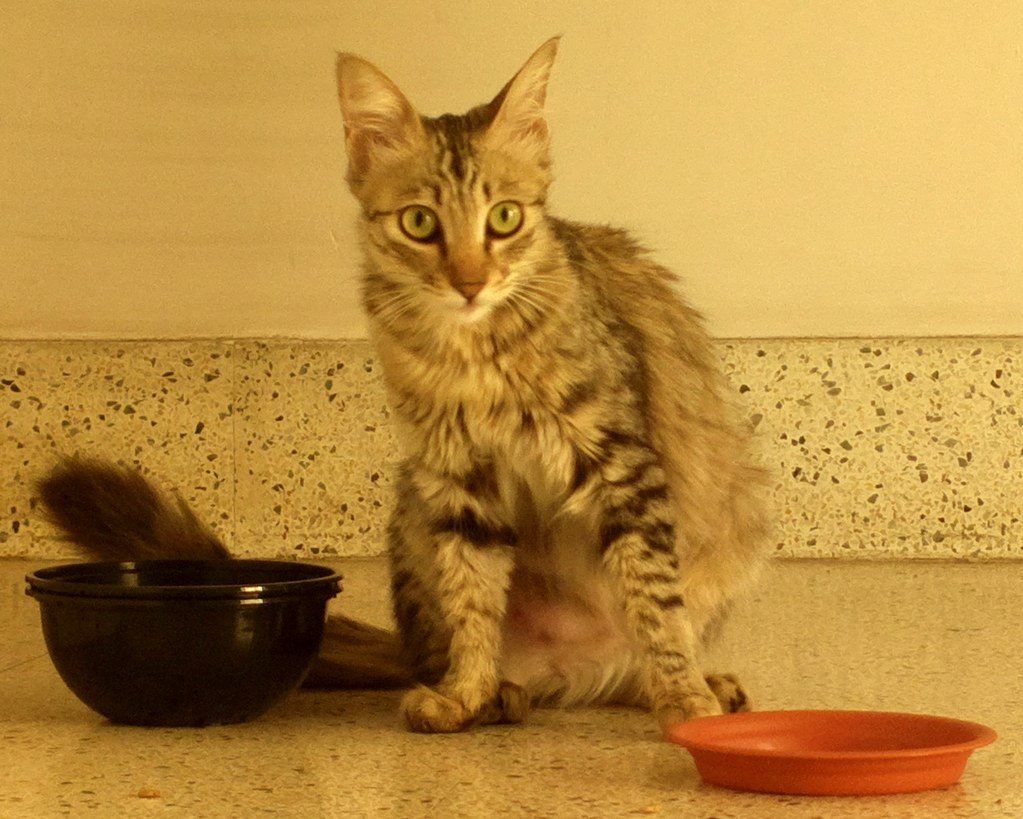
Dogs are pack animals who closely follow their master’s orders, while cats don’t share that same obedience and their memory lasts much longer than a dog’s. When you’re training a dog, you can often rely on their desire to please you. With cats? Not so much.
There isn’t that need to please in cats, so we have to think about what really is rewarding for a cat, because it’s certainly not social attention for most cats, and when we first start training a cat that’s not been trained before, the most rewarding thing generally is food. Unlike cats, dogs can be trained in groups and can endure longer sessions to help them remember everything they’ve learned. Your cat needs short, individualized sessions with immediate food rewards to succeed.
Communication Styles Couldn’t Be More Different

The signals and behaviors that cats and dogs use to communicate are different and can lead to signals of aggression, fear, dominance, friendship or territoriality being misinterpreted by the other species. What looks friendly in dog language might be threatening in cat speak, and vice versa.
When a cat holds her tail high, it can signal that she is friendly and relaxed, but when a dog holds his tail high, it often signals high arousal and the possibility of aggressive behavior. Friendly dogs wag their tail loosely back and forth at medium height, while when a cat’s tail begins to wag back and forth, an unfriendly encounter or predatory attack is likely to occur. Imagine the confusion when these two try to “talk” to each other using their own species’ language!
Body Language Sends Opposite Messages
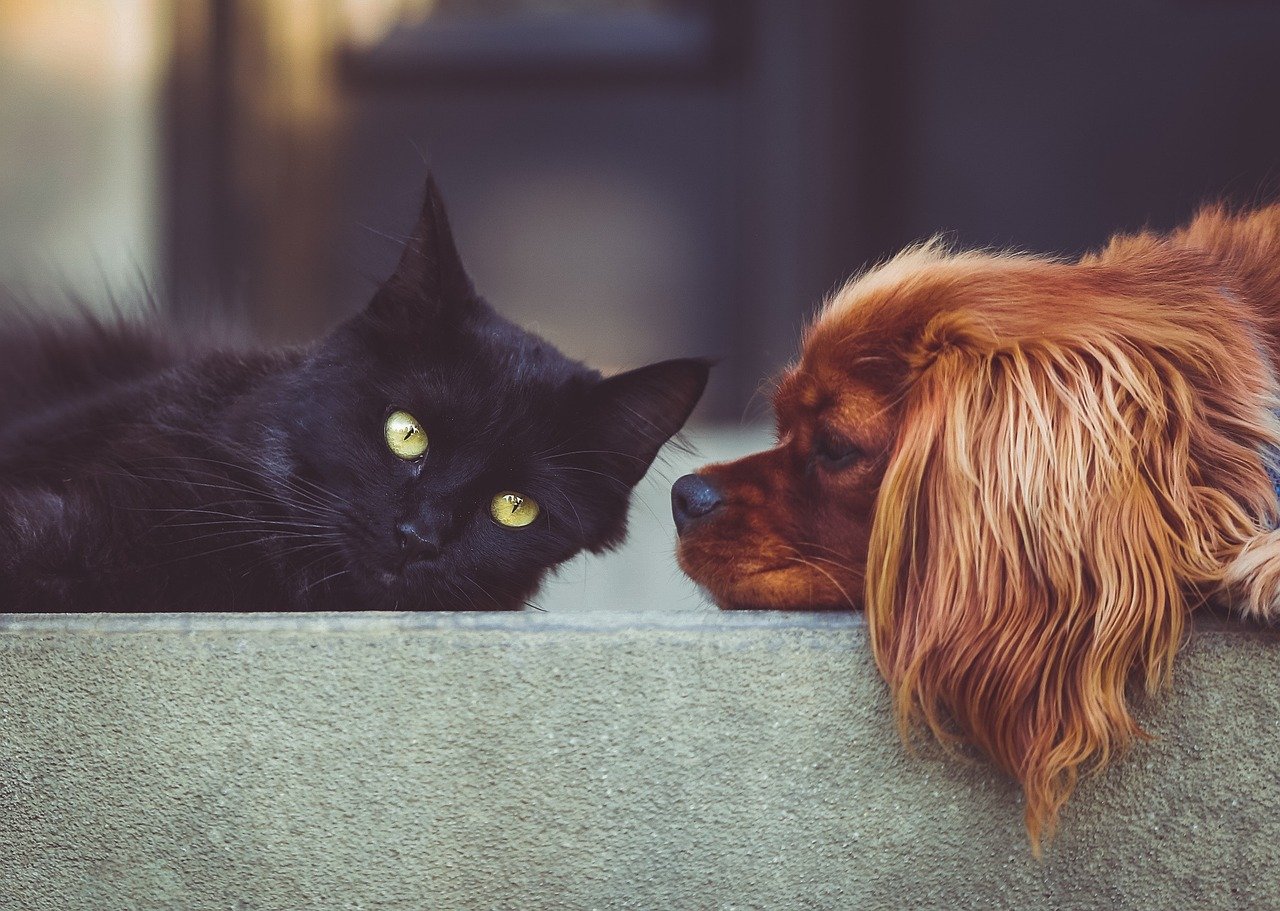
A dog is likely to lie on his back as a submissive greeting behavior or as a way to get his belly rubbed by someone he’s close to, while a cat will lie on her back in self-defense with all four paws and claws ready to react to any threat. If you approach a cat showing their belly the same way you would a dog, you might end up with some interesting battle scars.
One sign of a friendly dog is that his ears move back just slightly, but a cat who is confident greeting people will normally hold her ears forward and alert, and if her ears move backward or twitch, it may indicate uncertainty. These subtle differences matter enormously when you’re trying to read your pet’s mood and respond appropriately.
Stress Manifests in Completely Different Ways
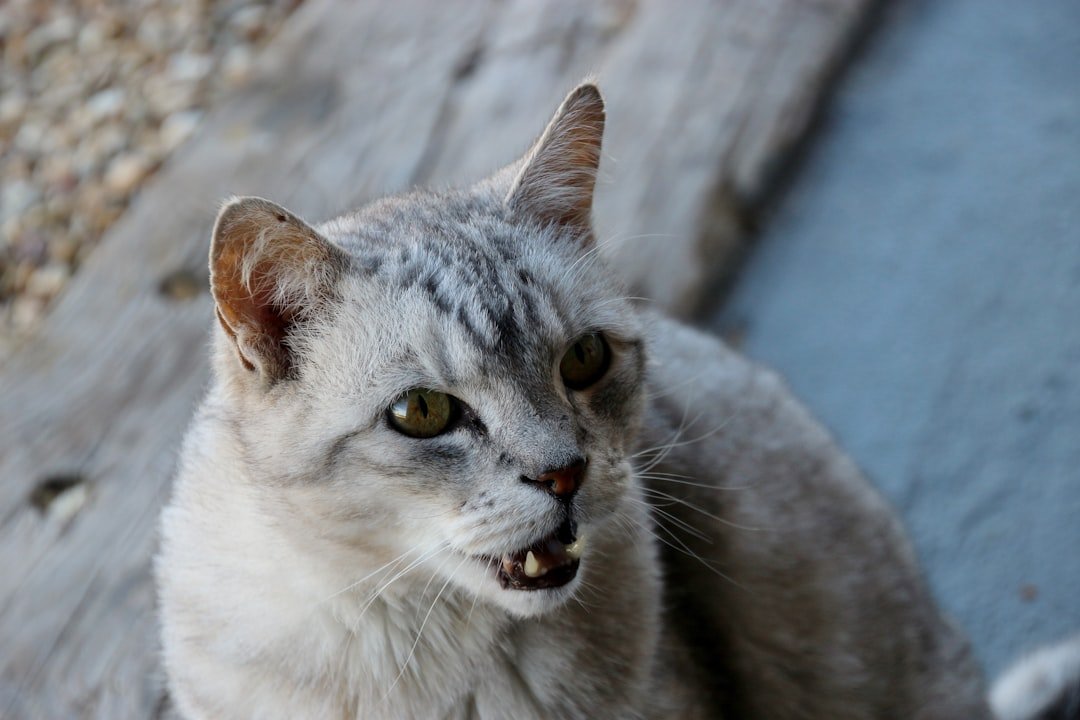
Similar to hiding, increased sleeping and lower activity levels are a way for cats to cope with stress by removing themselves from an overwhelming situation, and stress also places a high demand on their body so they may sleep more to help recover, while they may not want to eat when stressed because cortisol suppresses appetite and may cause nausea. Dogs typically show stress through more obvious behaviors like excessive barking, destructive chewing, or hyperactivity.
Cats sometimes stop using their litter boxes when they feel stressed, and there was a trend toward increased urination outside of the litter box in healthy cats, though such behaviors are often considered normal, finicky, or unacceptable by owners and veterinary professionals. When your dog is stressed, they might chew your favorite shoes. When your cat is stressed, they might completely abandon their bathroom habits, leaving you scratching your head wondering what went wrong.
Socialization Windows Are Critically Different
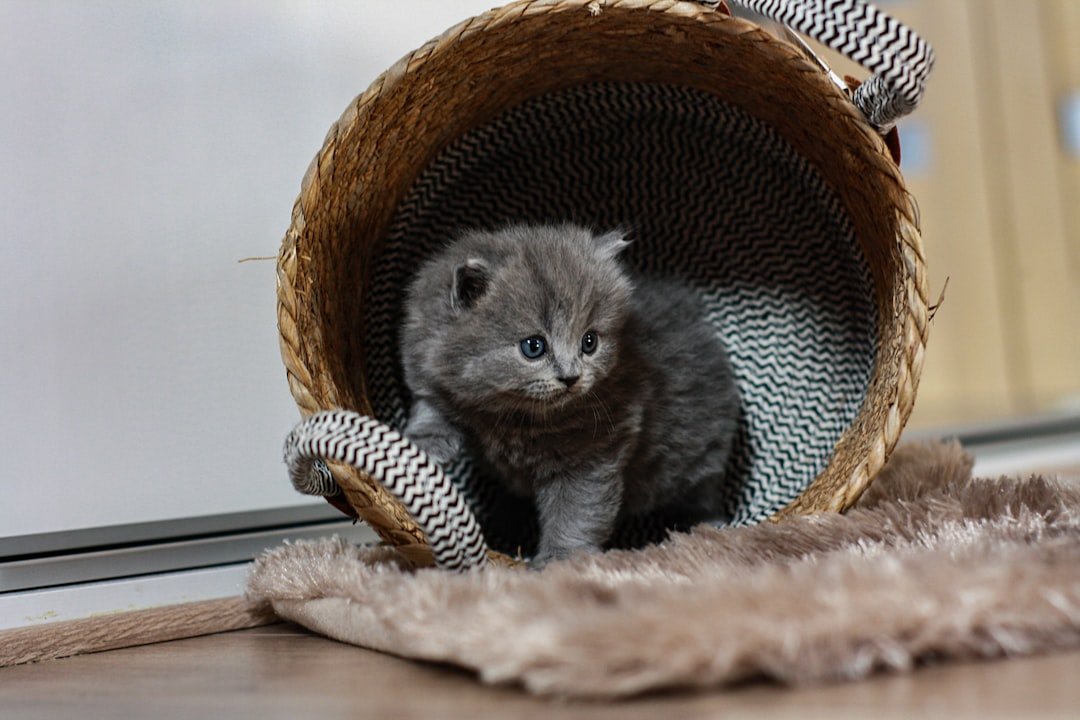
The critical period of socialization for dogs is typically 3-14 weeks of age and for cats is 2-7 weeks of age, and the majority of dogs and cats are adopted or purchased after these critical ages. This means that the ideal socialization period for cats is between 2 to 7 weeks, when kittens are most responsive to new sights, smells, and experiences.
This socialization period is critical to prevent anxiety around people, but the typical house pet needs to be around many gadgets, noises, and other animals to be calm in our modern world, and a dog or cat raised in a barn may not be used to the sounds of TVs, cell phones, microwaves, and cars. Missing these narrow windows means cats require much more patience and specialized approaches to overcome their natural caution.
Environmental Needs Are Species-Specific
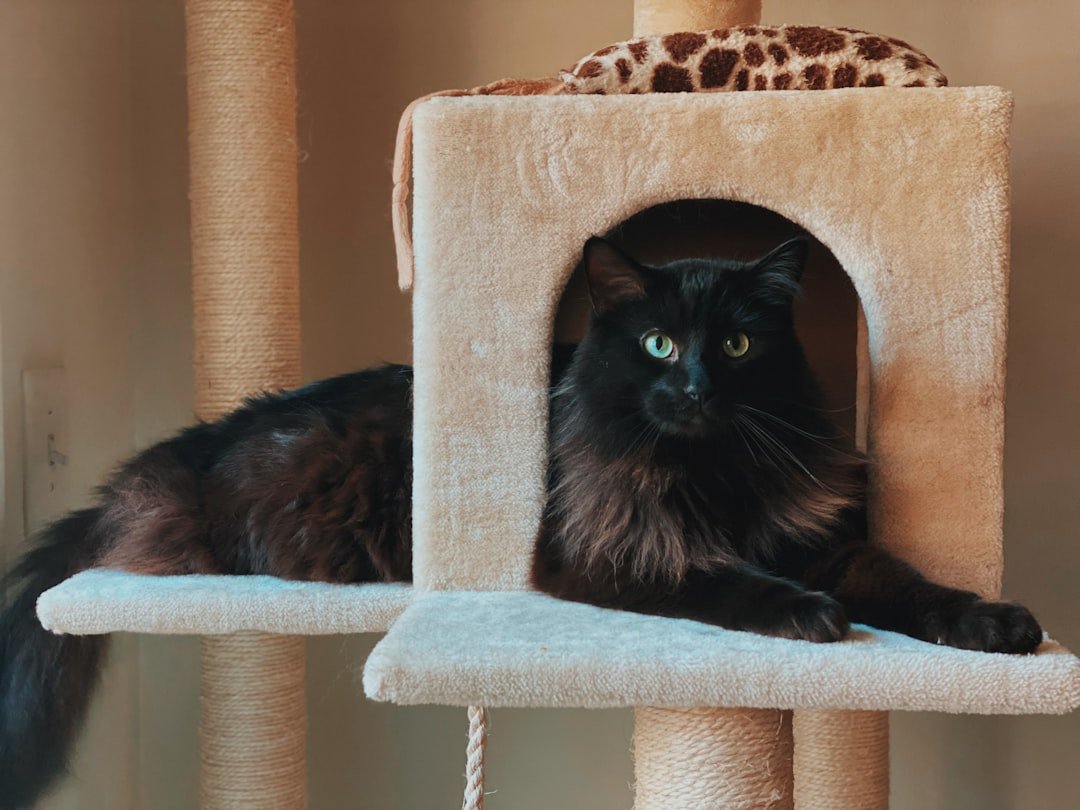
Cats are not den animals and instead require vertical climbing space, which increases the amount of useable feline territory dramatically, as climbing is required for strengthening and toning upper body muscles and provides a safe place away from people and other animals as well as a place to survey their environment. Dogs, being ground-dwelling pack animals, are perfectly content with horizontal space and don’t typically seek high vantage points for security.
Sharing facilities is stressful for many cats, and some cats prefer one box for solids and another for liquids, so you should offer one litter box per cat plus one and place them in different rooms, while scooping litter boxes at least one to two times daily. Try explaining that bathroom privacy preference to a dog who’s perfectly happy doing their business wherever and whenever nature calls!
Feeding Behaviors Follow Different Instincts
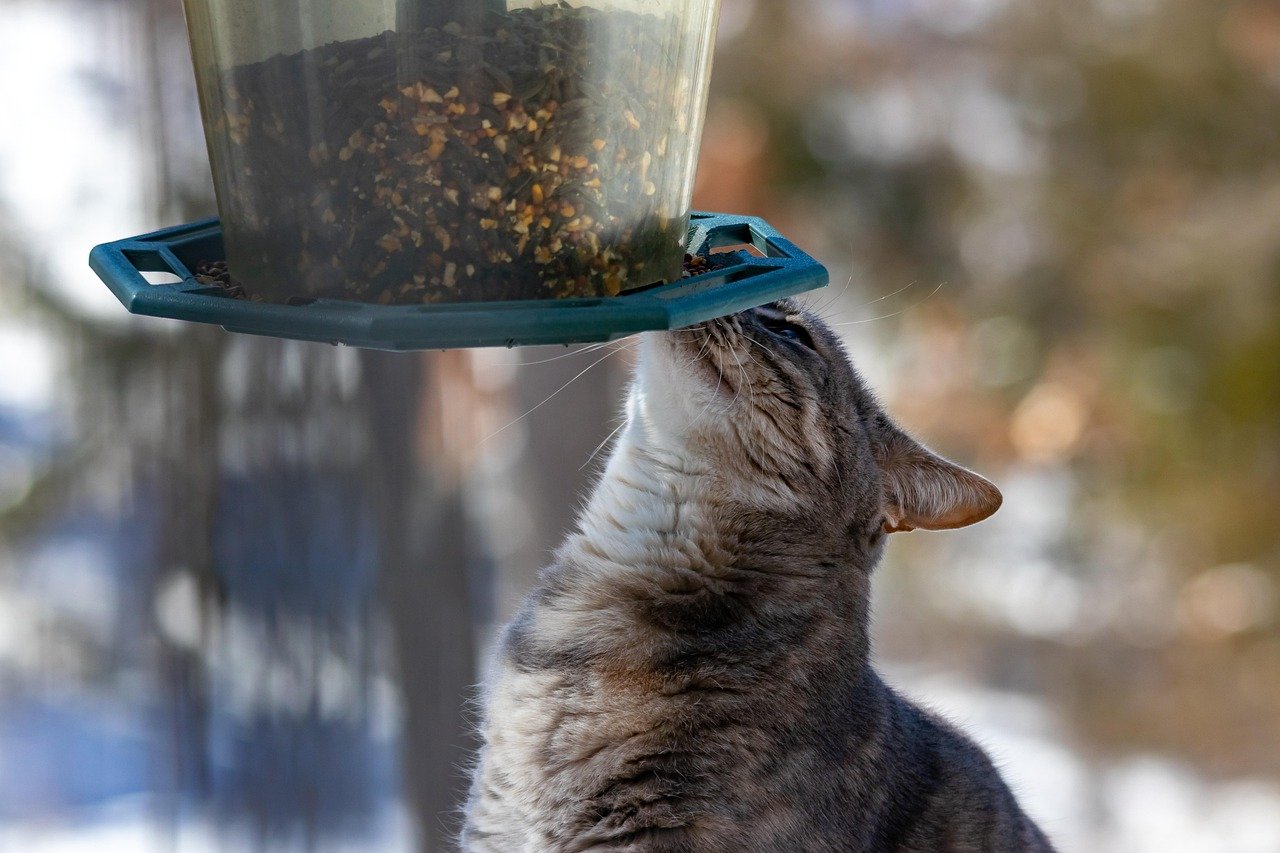
In the wild, cats may attempt to make a kill 10-20 times in a twenty-four hour period, so putting down a bowl of dry food weekly isn’t adequate, as cats should be fed measured amounts at least twice daily with some component of wet food, which is higher in protein and lower in carbohydrates, since unlike dogs, cats are obligate carnivores with a much higher need for protein. Dogs are omnivores who can thrive on scheduled meals, but cats need frequent small portions that mimic their natural hunting patterns.
You should provide opportunities for satisfying cat activities like foraging and hunting with puzzle feeders for meals instead of food bowls, add daily interactive play with fishing wand toys, and consistently offer the right sort of petting to stand in for allogrooming. Dogs might be thrilled with a twice-daily kibble routine, but cats need mental stimulation that honors their predatory instincts.
Conclusion
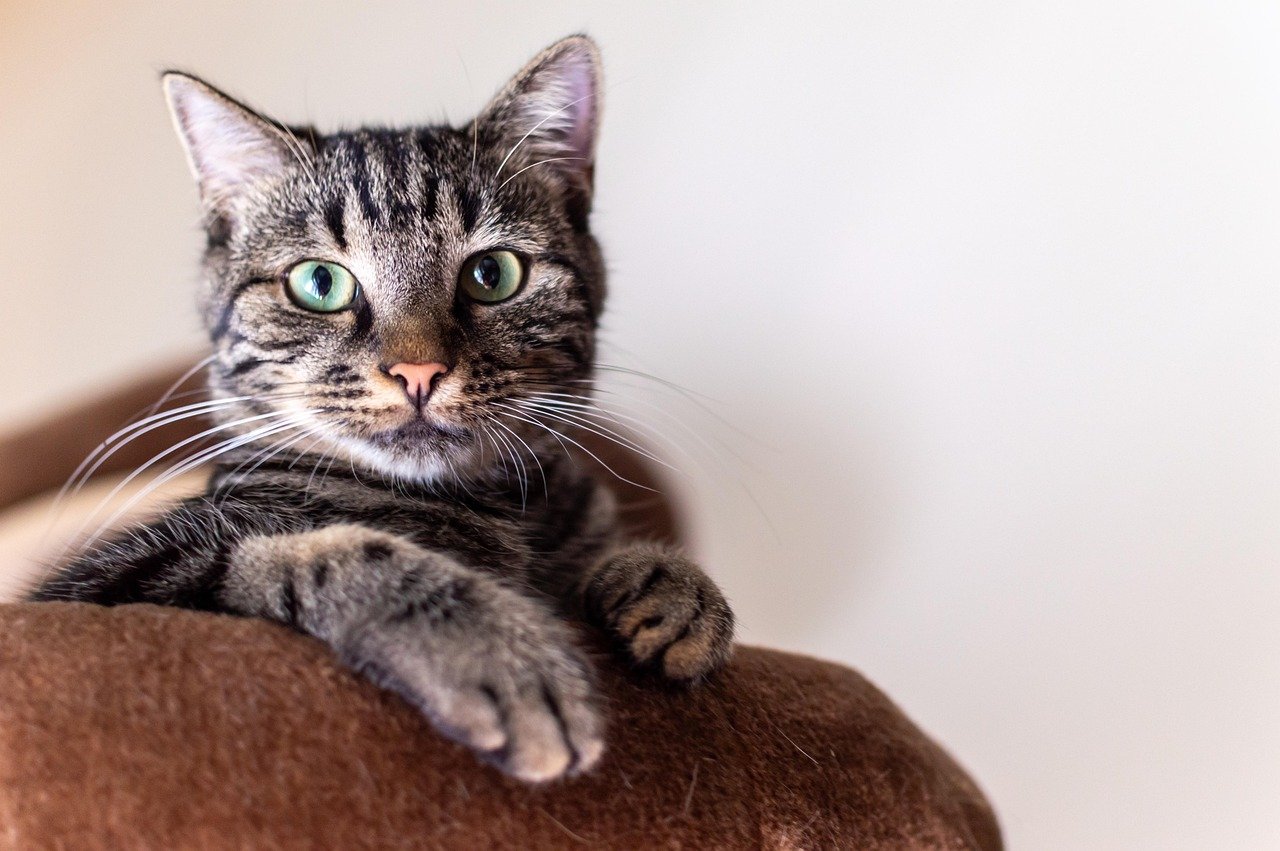
Your cat isn’t being difficult or uncooperative when they don’t respond like your neighbor’s golden retriever. They’re simply being authentically feline. Cats are far from “low-maintenance dogs” and require understanding of their unique behavioral patterns. When we honor their species-specific needs instead of forcing dog strategies onto cat psychology, something magical happens: we get to witness the full brilliance of feline intelligence and affection.
The next time someone suggests treating all pets the same way, you’ll know better. Your cat deserves an approach that celebrates their magnificent, independent, and beautifully complex nature. After all, wouldn’t the world be boring if every pet wanted to fetch sticks and sleep at your feet? Who knew that respecting these differences would actually bring you closer to your feline friend than any amount of dog-style training ever could?

Andrew Alpin from India is the Brand Manager of Doggo digest. Andrew is an experienced content specialist and social media manager with a passion for writing. His forte includes health and wellness, Travel, Animals, and Nature. A nature nomad, Andrew is obsessed with mountains and loves high-altitude trekking. He has been on several Himalayan treks in India including the Everest Base Camp in Nepal.






